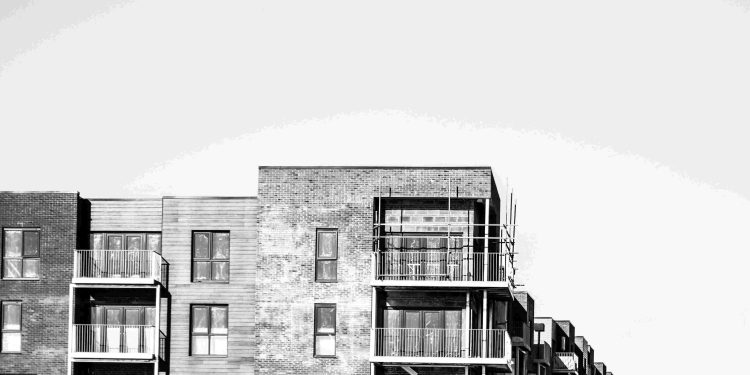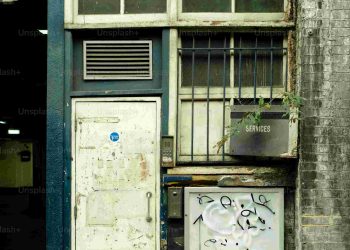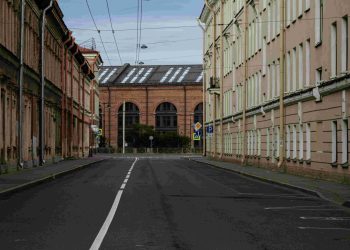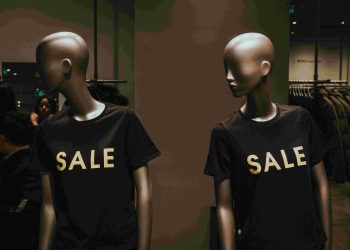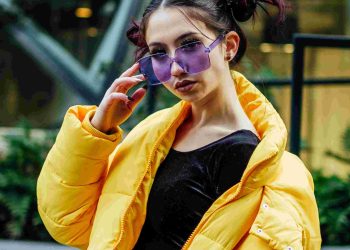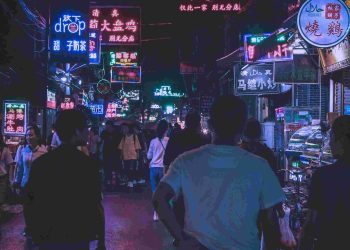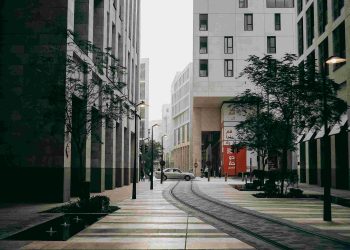Urban Nonconformity Style: Redefining Individuality in a Uniform World
“Why fit in when you were born to stand out?” This bold assertion, originally penned by the inimitable Dr. Seuss, could not resonate more in today’s urban landscapes. Cities pulsate with energy, creativity, and a seemingly limitless potential for self-expression. Yet, paradoxically, they are also spaces that can stifle individuality through conformity. In a world of cookie-cutter corporate uniforms, algorithm-driven playlists, and identical urban developments, dressing, thinking, and living differently has become a radical act of defiance.

From Personal Rebellion to Broader Implications
I remember standing in my cluttered closet one gray Monday morning, frustrated by the monotony of navy blues and corporate grays that filled my wardrobe. That was the moment I decided to inject vibrancy into my day-to-day life—not just through clothing, but through mindset. Starting small, my choices quickly evolved from punctuating my attire with bold accessories to challenging societal norms in both thought and action.
But this wasn’t just a personal journey. As my sense of style evolved, I noticed how creatively curated appearances could start important conversations. A neon scarf became a talking point about the monotony of office attire; a leather jacket adorned with handmade patches initiated discussions about corporate individuality. What began as personal storytelling soon became a larger dialogue about resisting systemic pressures to conform.
Challenging Traditional Wisdom
Traditional wisdom tells us that fitting in is key to social harmony and professional success. Yet, uniformity is rarely the recipe for innovation. NASA doesn’t hire astronauts and engineers for how well they blend into the crowd; they choose individuals capable of thinking boldly, beyond the status quo. Urban nonconformity isn’t about rebellion for its own sake—it’s about necessary innovation in the face of stagnation.
This philosophy has roots not only in human psychology but also in business. Take the case of Steve Jobs, who famously remarked, “Innovation distinguishes between a leader and a follower.” Jobs challenged conventional design norms and reshaped entire industries because he believed in the power of standing out—and this ethos is just as potent for individuals navigating corporate jungles as it is for visionary entrepreneurs.
A Cross-Disciplinary Perspective: Fashion Meets Philosophy
Philosopher Søren Kierkegaard once wrote, “To dare is to lose one’s footing momentarily. Not to dare is to lose oneself.” Urban nonconformity style is precisely about daring. It’s the intersection of aesthetics and existential courage: saying to the world, “This is who I am, unapologetically and vividly.”
The fusion of fashion and philosophy creates a space to debate deeper questions, such as: What does self-expression signify in an era dominated by social media filters and fast fashion? As we carefully curate our Instagram feeds, are we truly creating or conforming to another template of sameness?
Predicting the Future: The Nonconformist Wave
The future demands disruption—culturally, personally, and professionally. Urban nonconformity style is not just a fleeting trend; it’s a precursor to a larger societal shift. Artificial intelligence (AI) and automation are already demanding greater creativity and critical thinking from human beings. As machines take over repetitive tasks, the human edge will lie in uniqueness, creativity, and bold self-expression. No machine can yet replicate the blend of courage, intuition, and individuality that defines the best nonconformists.
In architecture, we see a parallel shift. Cities are embracing “adaptive reuse,” turning abandoned warehouses into vibrant markets and preserving the uniqueness of urban life. Similarly, the next wave of professionals will need the ability to adapt and disrupt—much like how nonconformist individuals redefine traditional spaces and roles.
Practical Strategies for Embracing Urban Nonconformity
How can you channel the ethos of urban nonconformity in your own life? Here are three practical steps:
-
Curate Courage:
Start small. Replace one neutral outfit item with something bold—a patterned scarf, unique shoes, or an unconventional tie. Let your clothing reflect your inner dynamism. -
Rethink Routine:
Question your habits. Break out of the monotony by exploring new neighborhoods, meeting people from different circles, or pursuing hobbies that challenge your current skill set. -
Embrace Lifelong Learning:
Enroll in courses or workshops outside your field. Learn to paint even if you’re an accountant; study psychology if you work in tech. The more varied your mental landscape, the richer your contributions will be to all facets of your life.
A Call to Action
The world needs more disruptors, more people unafraid to defy norms and challenge outdated ways of thinking. By adopting an urban nonconformity mindset, you’re not only reinventing yourself—you’re paving the way for others to do the same. Let your wardrobe, your thoughts, and your actions embody the audacity of difference.
So the next time you step outside your front door, don’t just be part of the scenery. Be the one setting it ablaze with color, perspective, and purpose. In a rapidly homogenizing world, individuality is not a luxury—it is your legacy.

